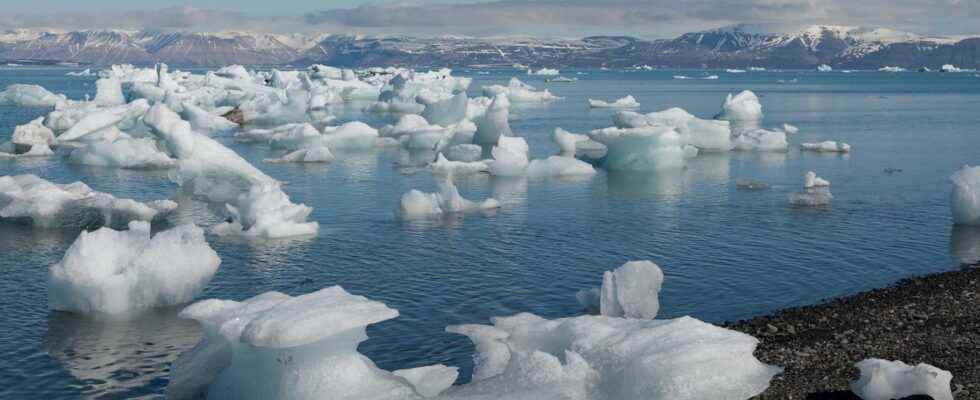Temperatures are rising. And the ice melts. With the risk of raising the level of the oceans all over the world. This is why researchers continue to try to learn more about the links between the Arctic ice sheet and climate change. They have just discovered a significant time lag.
You will also be interested
[EN VIDÉO] The Arctic is no longer the same The transformation of the Arctic into a warmer, less frozen and biologically different region is undeniably underway today. Under the effect of global warming, temperatures are rising, melting the ice and greening the tundra, triggering gigantic forest fires in the region and profoundly modifying the environment of the animal populations that live in the Arctic. And consequences are now to be expected for the whole planet. © NOAA
With the global warming, Arctic ice is melting. And scientists believe that the phenomenon will contribute significantly to an expected rise in the ocean level of the world. But the direct observations on which they can base their predictions relate only to the last few decades. This is why they rely on reconstructions of the history of the ice cap from Greenland, in particular, to help them better understand.
In the hope of more accurately assessing the region’s sensitivity to climate change, a international team of researchers turned back time. Until the previous interglacial period. About 125,000 years ago. And offered a small leap forward too. Up to 2100.
A delayed answer up to thousands of years
This reconstruction shows that, over this period, the volume of the arctic ice cap was at its peak about 17,000 to 18,000 years ago. Then, at a minimum about 5,000 to 6,000 years ago. Peaks which turn out to be out of step by a few thousand years with what we know of the temperature peaks of the time. The thermal maximum of theHolocene is indeed located around 8,000 years ago. With a temperature about 2°C higher than the current average.
With temperatures then beginning to drop again, the Greenland Ice Sheet expanded again. Until the middle of the XXand century. And this despite an anthropogenic global warming that began around the 1850s. The researchers conclude that the dynamics of this expanse of ice does not only depend on the current warming, but that it is also affected by past climates. In particular by the warm Holocene climate. They recommend that in the future, this should be taken into account in simulations in order to understand what really awaits us on the Arctic side.
Interested in what you just read?
